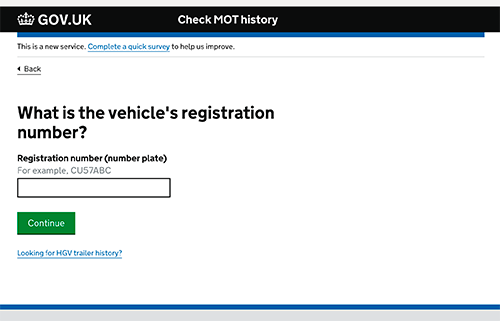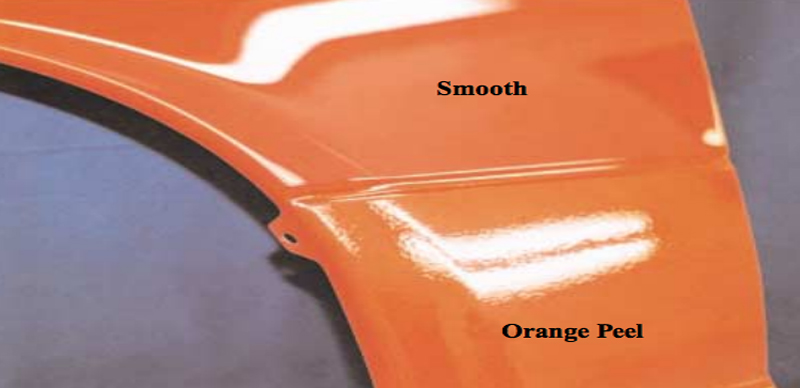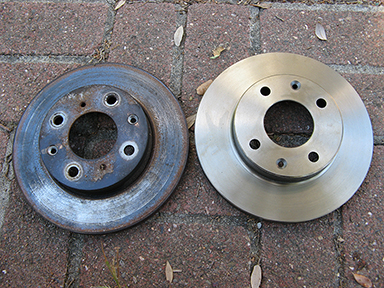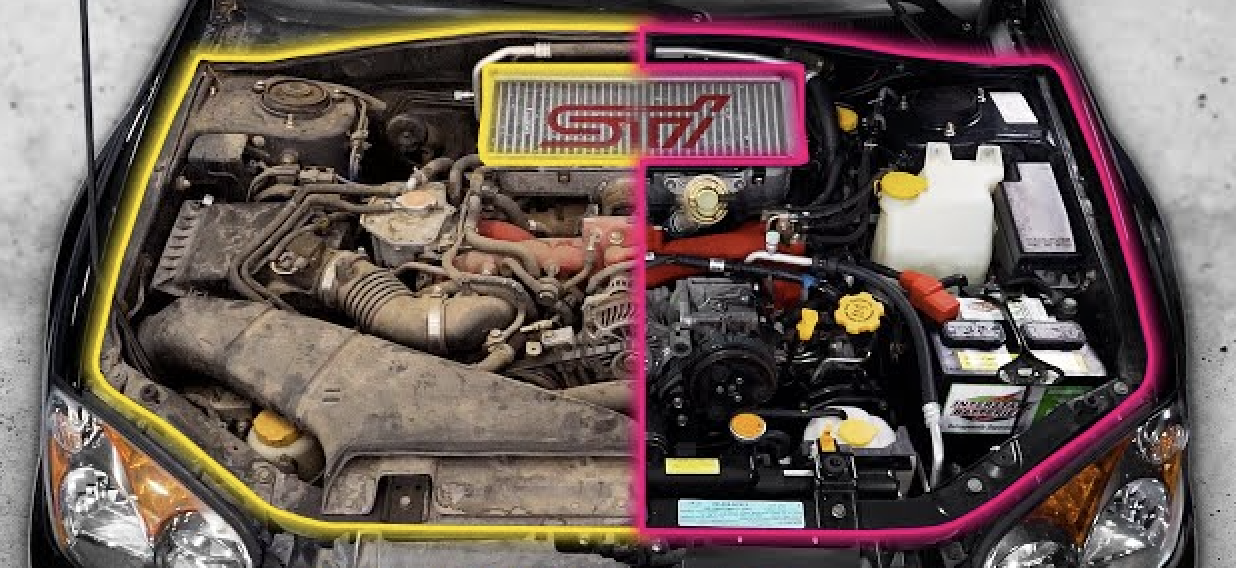
How to Spot a Good Deal When Buying a Used Car
To avoid overpaying, it’s essential to research the average market prices for used cars in Hexham. Local websites like AutoTrader, Motors.co.uk, or Parkers allow you to compare similar models, years, and conditions. By doing this, you’ll understand the range of prices in the local market.
Case Study: In 2020, a buyer in Hexham used AutoTrader and parkers to research prices for a Ford Focus. They found that prices ranged from £7,000 to £9,000, depending on mileage and condition. By setting their budget at £8,000, they were able to secure a well-maintained car for £7,950 from a reputable car dealer, avoiding overpriced listings.

Check out the MOT history
Before purchasing a used car, particularly in Hexham, it’s important to check its MOT history on the DVLA website. While some sellers may claim the car has 12 months MOT, this isn't always true, and it’s a tactic some may use to make the sale. By checking the official government MOT website, you can confirm if the car has passed all necessary safety inspections and uncover any potential issues, like recurring faults or previous serious accidents.
A buyer in Hexham almost bought a 2013 Volkswagen Golf, but after reviewing the MOT history, they discovered it had failed twice in the past four years due to brake and suspension issues. The seller hadn’t disclosed this information, so the buyer chose to walk away from the deal.
Fact: The DVLA offers free access to MOT history in the UK. Over 20% of used cars in the UK have issues revealed in their MOT records, which can be crucial when deciding whether to buy. It’s also important to note that Irish cars don’t follow the same MOT system as the UK, and their MOT records aren’t available through an online database. This is something to keep in mind when buying a car from Ireland.

Inspect the Bodywork for Damage
Look for any signs of accidents, such as mismatched paint, uneven body panels, or signs of re-spraying. This is especially important when purchasing a car from private sellers, as they might not be as transparent about past incidents.
With a keen eye for detail, we offer a comprehensive service to assist with your car purchase. Having inspected thousands of vehicles, we can identify subtle issues like missing trim clips, misaligned panel gaps, seam sealer, orange peel bodywork, polish residue between panels, overspray, and paint depth variations— all of which can signal previous damage or repairs.
Real Fact: A report by the RAC found that over 10% of used cars sold in the UK have been involved in some form of accident, but many sellers try to hide or downplay this information.

Check the sellers reputation
Buying from a reputable dealer in Hexham can offer more security and customer service than a private sale. Trusted dealerships often provide warranties, return policies, and offer a level of trust that private sellers may not.
Whether buying from a private seller or a registered car dealer, there are several ways to assess their reputation online. You can check Google Reviews, Trustpilot, or, for private sellers, platforms like eBay and Facebook, where past ratings and feedback from previous buyers are available.
A buyer in Hexham purchased a used Audi A3 from a well-known local dealership. The dealership offered a 12-month warranty and free servicing for the first year, ensuring the buyer felt confident in their purchase. According to the Consumer Rights Act 2015, used cars purchased from dealers come with a legal warranty. This is not the case for private sales, where buyers are more vulnerable to faults and disputes.

Test drive the car thoroughly
When buying a used car in Hexham, always take it for a thorough test drive. Pay attention to any unusual noises, how the car handles on various road surfaces, and the general comfort of driving it.
According to the AA, a proper test drive can reveal issues with suspension, brakes, and engine performance. Nearly 30% of buyers find issues with a car that were only noticeable during a test drive.
Make sure to see the car when it’s cold—insist on this. Issues with glow plugs, starter motors, and other noises can be masked when the car is warm. After a thorough inspection, a 15-minute test drive is usually enough to get the vehicle hot, allowing you to spot potential coolant or head gasket problems through coolant and oil checks, as well as excessive exhaust smoke.

Compare car prices
Ensure the car’s price aligns with the going rates for similar used models in Hexham. This helps avoid overpaying, especially if the price seems too good to be true.
When buying a car, comparing prices and specifications helps justify the cost and ensures you're getting good value. A lower-spec model may be cheaper upfront and have lower road tax, but it could lack key features. Engine size and fuel type also play a big role—diesel engines are more fuel-efficient for long trips but may have higher road tax and maintenance costs, while petrol engines are often cheaper for city driving but less efficient over long distances. By comparing these factors, you can decide whether a more affordable, lower-spec model works for your needs or if investing in a higher-spec version with better long-term efficiency is the smarter choice. This approach helps balance initial cost with ongoing expenses, ensuring the car fits your budget and driving needs.
Research from the RAC indicates that buyers can save an average of £1,000 by comparing prices across multiple platforms and checking for regional variations in pricing.

Brake discs and Tyre tread depth
If the tyres are showing cords on the inside with 5mm tread on the outside, it's likely the tyre will need to be replaced due to unsafe conditions, especially if the cords are exposed. Replacing tyres can cost anywhere from a bar minimum of £250+ per set. And replacing both discs and pads could cost anywhere from £150 to £400+, depending on the vehicle and whether you’re doing both front and rear axles.
When inspecting a car for purchase, visually checking the brake discs and tyre tread depth can give you an idea of their condition: Tyre Tread Depth: Tread Wear Indicators: Most modern tyres have small tread wear indicators built into the grooves. These become flush with the tread when the tyre has reached the legal minimum depth (1.6mm in the UK). Tread Depth Gauge: You can use a tread depth gauge (or even a 20p coin) to measure the depth. Place the coin into the tread groove. If the outer band of the coin is visible, the tread is too shallow. Uneven Wear: Check for any uneven or bald patches, which could indicate alignment issues or suspension problems. The tread should be fairly uniform across the tyre surface. By visually inspecting these parts, you can assess the condition of the brake discs and tyres, which are crucial for both safety and future maintenance costs.
Brake Discs: Surface Condition: Look for grooves, scoring, or rust on the surface of the brake discs. Minor surface rust is normal, but deep grooves or scoring indicate excessive wear and could affect braking performance. Thickness: If the disc appears very thin or if you can feel noticeable wear, it may need replacing soon. Discs should have a smooth, even surface without any significant indentations. Corrosion: While light surface rust is normal, heavy corrosion along the edges of the discs could be a sign of neglect or poor maintenance.

Look for Evidence of Neglect
How to Spot a Good Deal: A dirty or unkempt engine can indicate neglect. If the engine bay is greasy, dusty, or shows signs of leaking oil, it might suggest poor maintenance. Similarly, if the car's interior is very dirty or poorly maintained, the seller may not have cared for the vehicle properly.
A Hexham buyer considered purchasing a used Mercedes-Benz but found the engine bay caked in grime and oil leaks. This pointed to a lack of regular servicing, which led the buyer to walk away from the purchase.
A poorly maintained car, especially in terms of the engine, can cost thousands in repairs. According to a study by Autotrader, neglecting basic maintenance (like oil changes) can reduce the car’s lifespan by up to 5 years.

Verify the Vehicle Identification Number (VIN)
Always confirm that the car’s VIN matches the one on the documentation. This prevents purchasing a stolen car or a vehicle with hidden history, such as being written off or severely damaged.
A Hexham buyer cross-checked the VIN of a 2014 BMW 5 Series and found discrepancies with the registration document. The seller claimed it was a mistake, but the buyer decided to walk away after further research indicated the car had previously been stolen.
The DVLA advises that over 1,000 vehicles are reported as stolen each year in the UK, and many of these are resold with altered VINs. Always cross-check the VIN to avoid fraud.

Service history
A recently serviced car is usually a good sign of proper maintenance. Request the service history to confirm that the car has been regularly maintained and that major issues have been addressed.
Cars with a full-service history often retain higher resale values and have fewer mechanical issues. According to AutoTrader, service history can add up to 10% to a car's value.
A stamped service book is great, but sometimes its worth authenticating a service book with a service invoice/ recipt of repairs.

